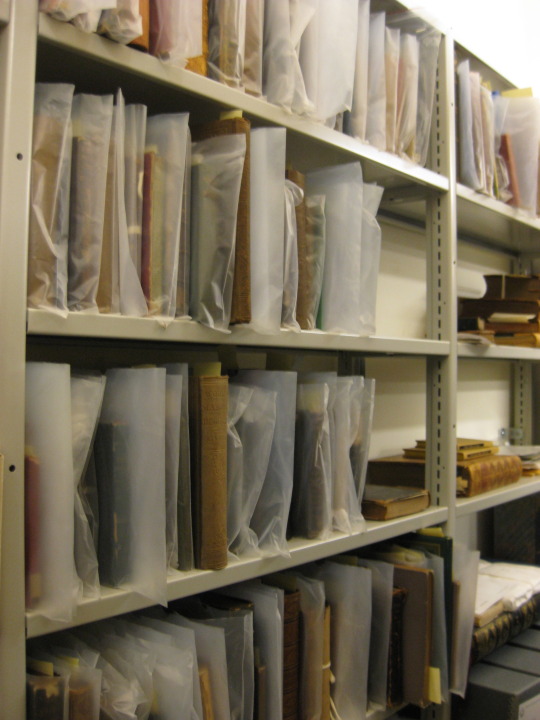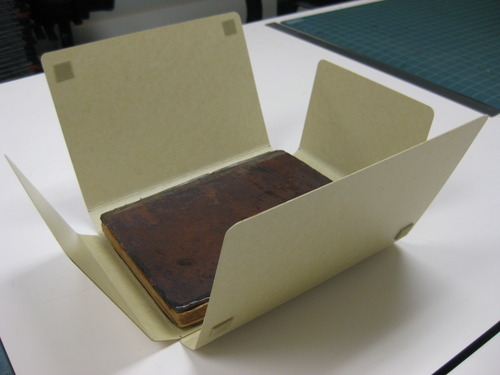By Reuben Keller, Past Research Intern
I was a summer Research Intern at the Center for Jewish
History from June to August 2016. This blog post is intended to talk about what I was doing and the really interesting materials
I worked with.
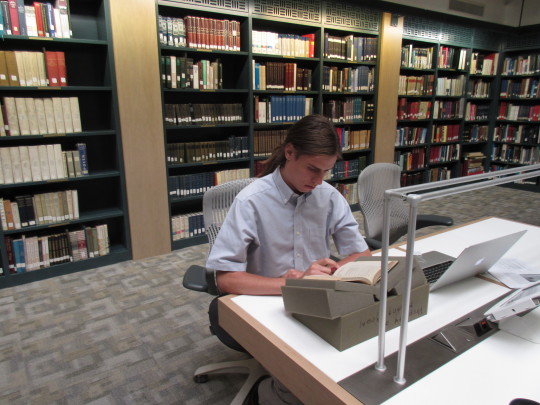
The focus of my project is a number of rare books donated by
Sidney Lapidus to the Center for Jewish History. Mr. Lapidus is the chairman of the American Jewish Historical
Society and serves as treasurer on the Center for Jewish History’s Board of
Directors. He has donated significant
collections to the
American Jewish Historical
Society, the Schomburg Center for Research in Black Culture,
the Princeton University Library, and other institutions. The thematic focus of
this group of works is the gradual process of Jewish emancipation in Europe,
with particular emphasis on England. My understanding is a different set of books related to Jewish Life in North America was recently donated to the
American Jewish Historical
Society. The collection donated to the Center comprises books, pamphlets,
letters, articles, and other publications from 1648 to 1907. All told, it
contains 109 titles published in at least five languages.
The Center for Jewish History brought in an intern
specifically to work with this collection through a Princeton University
program called Princeton Internships in Civic Service (PICS). Mr. Lapidus
graduated from Princeton in 1959. I am currently a rising junior there,
studying public and international policy. The main goal of the PICS program is
to promote student experience and professional development in the non-profit
sector. (Visit pics.princeton.edu for more information.) To that end, they encourage
us to present what we’re working on to our peers, as well as the program staff.
This syncs up well with the goals of my internship here, which I will talk
about next.
I spent my first week or so at the Center using the
extensive archives of the five partner organizations to find background
information on European Jewish history in general and emancipation—the steps
forward and backward by which Jewish individuals and communities slowly won
rights previously denied to them—in particular. To help with this, and as a
goal of this internship in its own right, I had to familiarize myself with the
holdings of the Center and its partner institutions, as well as the databases
and electronic resources available here. I am much more comfortable with these
research tools now than I was in my first days on the job, and have even looked
at several documents using the Center’s state-of-the-art microfilm readers.
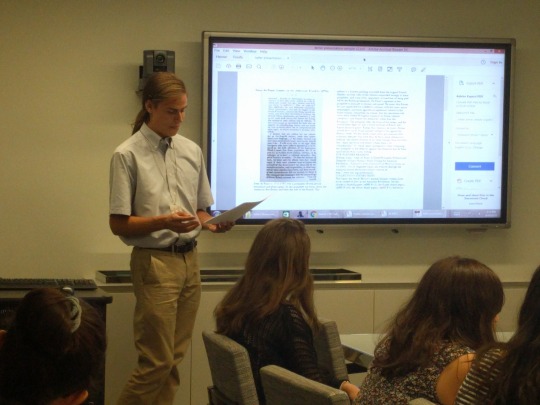
As a sort of guide through the
collection, I honed in on particular people, cases, or events to research. In
addition to actually reading the rare books, I’ve been looking for documents in
the archives that relate to each title. For example, I read about a 1751 trial,
the subject of several titles in the collection, and found that two of the main
witnesses called by the defense were members of the Franks family, whose
papers are held the American Jewish Historical Society. I tried to hunt down a similar
connection for each text I read and researched. I’ve looked into the
religious motivations for Jewish readmission
to England in 1656, disputes between philosophes and Jewish intellectuals, efforts to educate
the general public about Judaism,
and more. One of the topics I’m focusing on is the push for and against Jewish
citizenship during the French Revolution. I am also reading about the
international response to the pogroms of the 1880s. With each new text I encounter, I have been
impressed by the sheer breadth of subject
areas contained within this collection.
My end goal is to develop ways to present some highlights of
the collection both internally and externally. It’s exciting because, since the
collection is very new, the way I portray its contents will have an impact on
how it is used in future research, and how it is understood by visitors to the
Center. Indeed, I have created a publication that ties pictures and
descriptions of key texts from the collection to thematically related books and
archival materials in the partner organizations’ libraries. My work will ease
the use of these materials for those come to learn at the Center for Jewish
History. In this way, by making these important documents more accessible, I am
contributing to the Center and its mission to enhance the public’s engagement with
Jewish history.
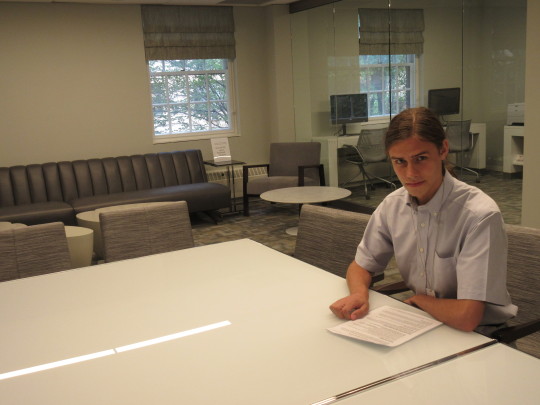
Editor’s Note:
The
Center provides a collaborative home for five partner organizations: American
Jewish Historical Society, American Sephardi Federation, Leo Baeck Institute,
Yeshiva University Museum, and YIVO Institute for Jewish Research.
The documents discussed in this piece were donated
by Sid Lapidus to the Center for Jewish History.
For more information on the Center and the partners click here.

